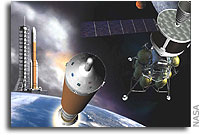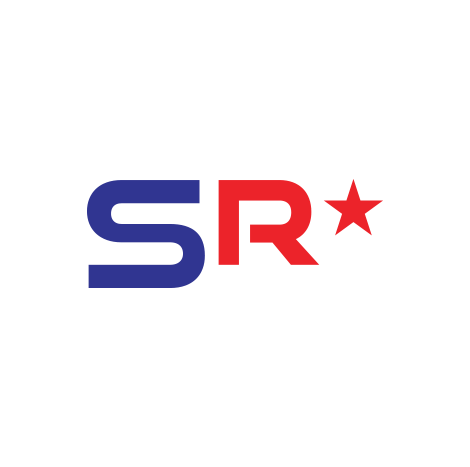NASA ESAS Final Report November 2005: Section 6.0 Launch Vehicles and Earth Departure Stages

 Editor’s note: DOWNLOAD THIS SECTION (PDF)
Editor’s note: DOWNLOAD THIS SECTION (PDF)
Editor’s note: several days ago we posted a final (October 2005) draft of this report. We have since come across a complete copy of the final version of the report (November 2005) which has recently been approved by NASA Administrator Michael Griffin. In order to present the most accurate version of this report, we have removed the draft version and replaced it with the final version of the report. NASA is expected to publicly release this report in early January 2006.
6. Launch Vehicles and Earth Departure Stages
6.1 Introduction
The United States has embarked on a plan to explore the solar system, both by humans and robotic spacecraft, beginning with a return to the Moon. These first efforts will be followed by human missions to Mars and other locations of interest. A safe, reliable means of human access to space is required after the Space Shuttle is retired in 2010. As early as the mid-2010s, a heavy-lift cargo requirement in excess of 100 mT per flight will be required in addition to the crew launch capability to support manned lunar missions and follow-on missions to Mars.
Table of Contents
This large 50 MB PDF report has been subdivided into 17 PDF files – one for each of the report’s 17 sections. Click on the link at the top of each section to visit a summary page and to download that section.
Editor’s note: several days ago we posted a final (October 2005) draft of this report. We have since come across a complete copy of the final version of the report (November 2005) which has recently been approved by NASA Administrator Michael Griffin. In order to present the most accurate version of this report, we have removed the draft version and replaced it with the final version of the report. NASA is expected to publicly release this report in early January 2006.
- 1. Executive Summary
- 2. Introduction
- 3. Ground Rules and Assumptions
- 4. Lunar Architecture
- 5. Crew Exploration Vehicle
- 6. Launch Vehicles and Earth Departure Stages
- 7. Operations
- 8. Risk and Reliability
- 9. Technology Assessment
- 10. Test and Evaluation
- 11. Integrated Master Schedule
- 12. Cost
- 13. Summary and Recommendations
- 14. Architecture Roadmap
- 15. Architecture Advantages
- 16. ESAS Core Team Members
- 17. Acronyms and Abbreviations








